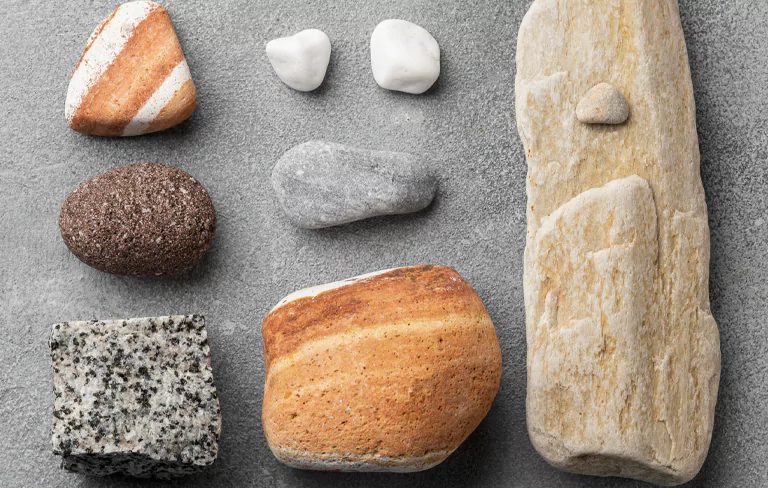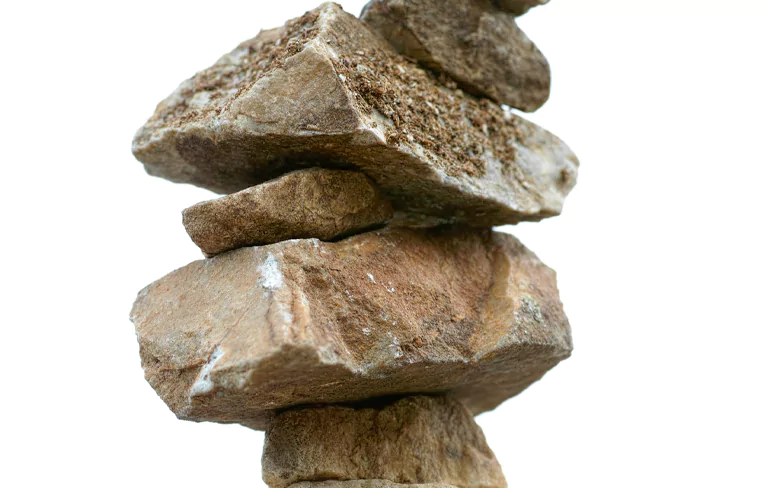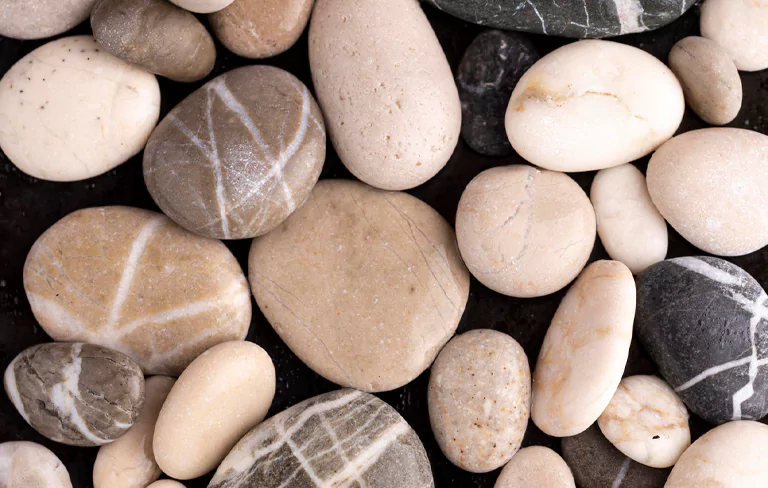Decorative building stones play a pivotal role in architecture, adding aesthetic appeal and functionality to structures. From classic marble to durable granite, there exists a diverse range of stones suitable for various design applications. This comprehensive guide explores different types of decorative building stones, highlighting their unique characteristics and applications in the realm of construction and design.
Granite
Granite stands as a stalwart in the world of decorative building stones, prized for its durability and versatility. This igneous rock comes in an array of colors, patterns, and textures, making it a popular choice for countertops, flooring, and exterior cladding. From speckled varieties to solid-hued options, granite lends a touch of sophistication to any architectural design.
Marble
Marble, a metamorphic rock, embodies timeless elegance and luxury. Renowned for its smooth surface and unique veining, marble is a classic choice for sculptures, flooring, and building interiors. With shades ranging from pristine white to deep black, marble offers a broad spectrum of design possibilities, capturing the essence of opulence in every application.
Travertine

Formed in hot springs, travertine is a distinctive limestone boasting an earthy beauty. Recognizable for its porous surface and natural pits, travertine is commonly employed in flooring, countertops, and decorative wall cladding. Its warm tones and textured appearance add character to both interior and exterior spaces.
Slate
Renowned for its durability and diverse color palette, slate is a fine-grained metamorphic rock. Commonly used for roofing, flooring, and outdoor applications, slate’s robust nature makes it ideal for areas with high traffic. Its rich array of colors, including black, green, and gray, contributes to its popularity in contemporary and traditional designs alike.
Limestone
Limestone, a sedimentary rock, exudes timeless appeal with its varied hues, including white, beige, and gray. Widely utilized for flooring, wall cladding, and exterior facades, limestone’s versatility and aesthetic charm make it a staple in architectural designs. Its soft textures and neutral tones create a serene ambiance in any space.
Sandstone

Sandstone, a sedimentary rock with a granular texture, is prized for its versatility and distinctive appearance. With colors ranging from red and brown to yellow, sandstone finds applications in both interior and exterior settings. Common uses include flooring, wall cladding, and even intricate carvings, showcasing its adaptability in diverse design schemes.
Quartzite
Quartzite, a hard metamorphic rock resembling marble, offers durability and elegance. Commonly used for countertops, flooring, and wall cladding, quartzite’s robust nature makes it a preferred choice for modern architectural designs. Its unique veining patterns and range of colors add a touch of sophistication to any space.
Onyx
Onyx, a translucent variety of marble, is celebrated for its unique veining and translucency. Often used for decorative applications such as countertops and backlit wall panels, onyx adds a layer of sophistication to interiors. When backlit, onyx comes alive, creating a mesmerizing play of light and color.
Basalt
Basalt, a dark volcanic rock, brings a sleek and modern appeal to architectural designs. Commonly used for exterior paving and wall cladding, basalt’s smooth surface and dark coloration create a striking contrast in contemporary designs. Its durability and aesthetic appeal make it a favored choice for modern structures.
Soapstone

Soapstone, a metamorphic rock known for its softness, offers a unique blend of beauty and practicality. Often used for countertops and sinks, soapstone is valued for its resistance to acids. Its subtle color variations and smooth texture contribute to a sense of understated elegance in both traditional and modern settings.
Conclusion
In the realm of decorative building stones, the choices are vast and varied, each type bringing its own set of characteristics and charm to architectural designs. Whether it’s the timeless elegance of marble, the durability of granite, or the earthy beauty of travertine, selecting the right stone involves a careful consideration of aesthetic preferences, functionality, and the specific requirements of the intended application. As architects and designers continue to push the boundaries of creativity, decorative building stones will remain an integral element in shaping the visual identity and durability of structures across the globe.

 Marble
Marble